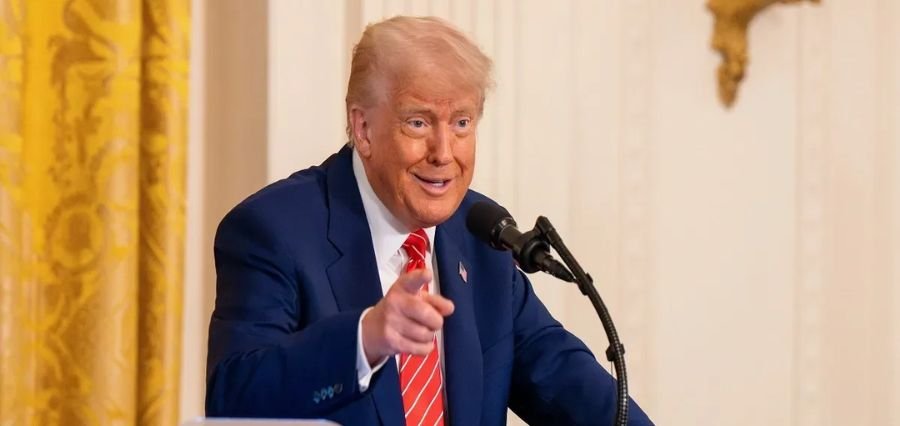Prime Highlights
- Announces stiff fresh tariffs on 14 countries, from August 1, 2025.
- Announces trade agreement with India is “very close,” following China and UK deals.
Key Fact
- Tariffs between 25% to 40%, aimed at Myanmar, Japan, Bangladesh, among others.
- India and US negotiate slender trade agreement for tariff reductions.
Key Background
The newly imposed tariffs are part of a broader protectionist agenda that President Trump established in his second term under what he terms as a “reciprocal tariff system.” Through the strategy, the US imposes tariffs on countries that, according to US trade statistics, benefit disproportionately from unfair trade advantages and do not give open access to American products.
Since early 2025, Trump has increasingly relied on the International Emergency Economic Powers Act (IEEPA) to justify expansive trade measures. Just last February, a 25% tariff was slapped on Canadian and Mexican imports. The new measure pushes that belligerent approach to nations like Bangladesh, Thailand, and South Korea—most of which have growing trade surpluses with America.
India, while included in the larger strategic planning, has thus far escaped punishment due to ongoing negotiations. In the middle of the negotiations are US requirements for increased access to Indian farm and dairy markets, sectors India has traditionally protected on rural livelihood terms. India, for its part, is refusing to yield on reduced US tariffs on such products as apparel, leather goods, and generic drugs.
The US–India relationship has seen positive momentum since Prime Minister Narendra Modi’s 2025 visit to Washington, where both sides pledged to double bilateral trade to $500 billion by 2030. Defense, energy, and digital commerce are among the other focus areas. However, unless the agricultural impasse is resolved, a full trade pact remains elusive.
And with Trump’s self-imposed deadline now near and each side showing diplomatic intent, the chances of a narrowly focused mutually acceptable deal are good.








